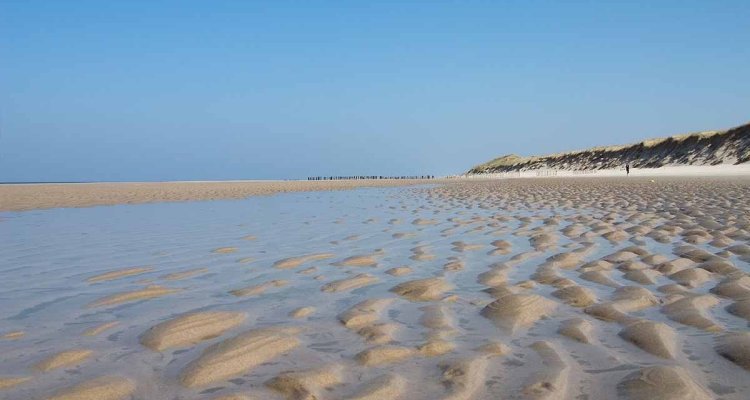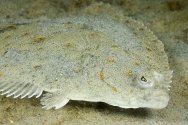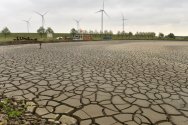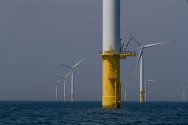
Interview
Dynamics in coastal zones
Our climate is changing, and so is our coast. The water temperature is increasing, sea level is rising, currents are shifting. How does this affect nature, fisheries and flood defense? What can we do to reduce these impacts as much as possible? Wageningen Marine Research studies these and related questions, often from various angles and in collaboration with other parties.
We are already seeing changes in the timing and locations of spawning.


Other institutes are investigating the physical aspects and we focus on the ecology. For example, how can you minimise damage to nature in these projects – or even increase biodiversity? Bases on this, we advise how, where and when to best carry out sand extraction and suppletion.

Studying what these developments mean for nature, and how to protect it, requires in-depth knowledge of the North Sea and its inhabitants. This sounds logical, but in fact much of its biodiversity is still unknown.



